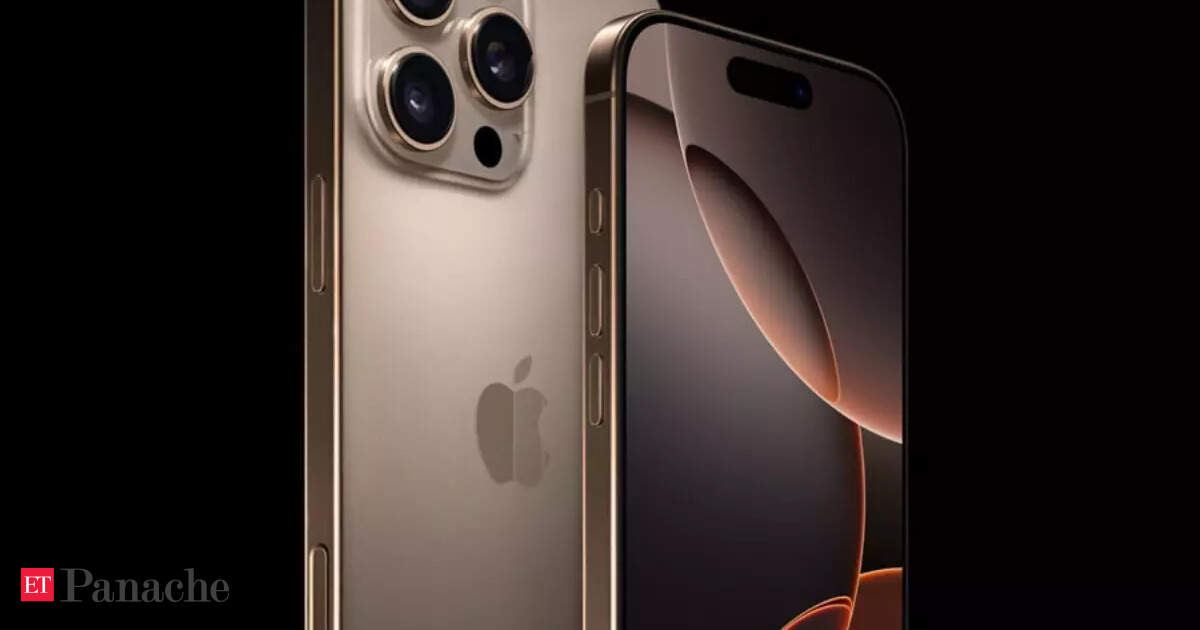Updated Dec. 8 with more details of iPhone 17 Air’s design.
The next iPhone range will be significantly different in a few months’ time, it’s predicted. Along with a new iPhone SE with Face ID, the iPhone 17 range will include a slimmer phone, nicknamed iPhone 17 Air. And a new report suggests we know more about that. Much of the design upgrade will be down to a new modem, designed in-house, a new report claims.
Apple iPhone 16 Pro—will the iPhone 17 include a super-slim version that’s the thinnest-ever?
“Apple’s in-house modem system will debut next spring, according to people familiar with the matter,” claims Mark Gurman at Bloomberg.
That means it’s in time for the iPhone SE which is expected then, but will come to the ‘Air’ later. Changing a modem is an intrinsic part of a phone’s design, so needs to be done carefully—especially if it helps to create a thinner-than-ever iPhone.
The iPhone SE’s “most impressive breakthrough won’t be visible to consumers: the in-house modem, code-named Sinope,” the report says. It seems like the development has not been without hiccups with early prototypes which “were too large, ran too hot and weren’t power-efficient enough,” Gurman goes on. Since then, new development practices, hiring engineers from Qualcomm and reorganizing management is believed to have changed things, with the company “now confident that its modem plan will work,” it’s said.
The iPhone 17 Air will be around 2 millimeters thinner than the current iPhone 16 Pro, according to Gurman in a separate report. Talking about the new in-house modem which is believed to be in the iPhone SE and the ‘Air’, Gurman says, “For now, the modem won’t be used in Apple’s higher-end products. It’s set to come to a new mid-tier iPhone later next year, code-named D23, that features a far-thinner design than current models. The chip will also start rolling out as early as 2025 in Apple’s lower-end iPads.”
One of the benefits of the new modem is that it will “be more tightly integrated with other in-house components. That means it requires less space and less battery power,” Gurman believes.
He goes on, “By using its own modem, Apple is able to create a smartphone that’s about 2 millimeters thinner than an iPhone 16 Pro, while still having room for the battery, display and camera system. Over time, the shift could allow for other new designs. That includes foldable devices—a concept Apple continues to explore.”
The iPhone 16 Pro is 8.25mm thick, suggesting that the ‘Air’ could be as thin as 6.25mm. This would make it the thinnest iPhone ever, and around 1.55mm thinner than the current iPhone 16 and iPhone 16 Plus.
Other believed specs for the new phone include a 6.6-inch display and a single rear camera, corroborating the idea that the Air will be a design-focused phone.
The modem that is the main focus of Gurman’s feature is rumored not to be as powerful as the one in the iPhone 16 Pro. He says, “In lab tests, the first Apple modem caps out at download speeds of about 4 gigabits per second, less than the top speeds offered by non-mmWave Qualcomm modems, the people said.”
However, since, as he goes on, “Real world speeds for both types of modems are typically far less, meaning that customers might not notice a difference in day-to-day use.”
While this doesn’t suggest the phone will be a case of form over function, it emphasizes the importance of design in the new model, if reports prove accurate.





